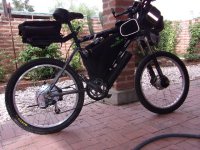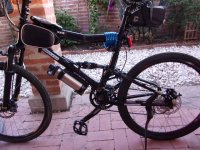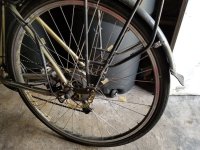The PAS will only work when you pedal in one direction. The direction depends on which way round you assemble the magnet disc. You can't go by the arrows, so you have to try it to see which way it works. Normally, I install the sensor, then I place the magnet disc on the spindle, switch everything on and turn the pedal to see which way it works. It's easy at that point to flip the magnet disc. I know many people that assembled everything and made the crank nice and tight, only to find out later that it worked backwards.
One time, I changed the controller on an OEM ebike. I was disappointed when the PAS didn't work, but later, I discovered that it worked backwards, so I had to take the crank off and flip the magnet disc.
Some PASs are handed. They will only work in one direction. If you flip the magnet disc, they still don't work.
To summarise all the possibilities: There's 4 combinations of magnet orientation and direction. In all cases, one combination will work. In most cases, two combinations will work. In some cases, different controllers will reverse the combinations.
One time, I changed the controller on an OEM ebike. I was disappointed when the PAS didn't work, but later, I discovered that it worked backwards, so I had to take the crank off and flip the magnet disc.
Some PASs are handed. They will only work in one direction. If you flip the magnet disc, they still don't work.
To summarise all the possibilities: There's 4 combinations of magnet orientation and direction. In all cases, one combination will work. In most cases, two combinations will work. In some cases, different controllers will reverse the combinations.





